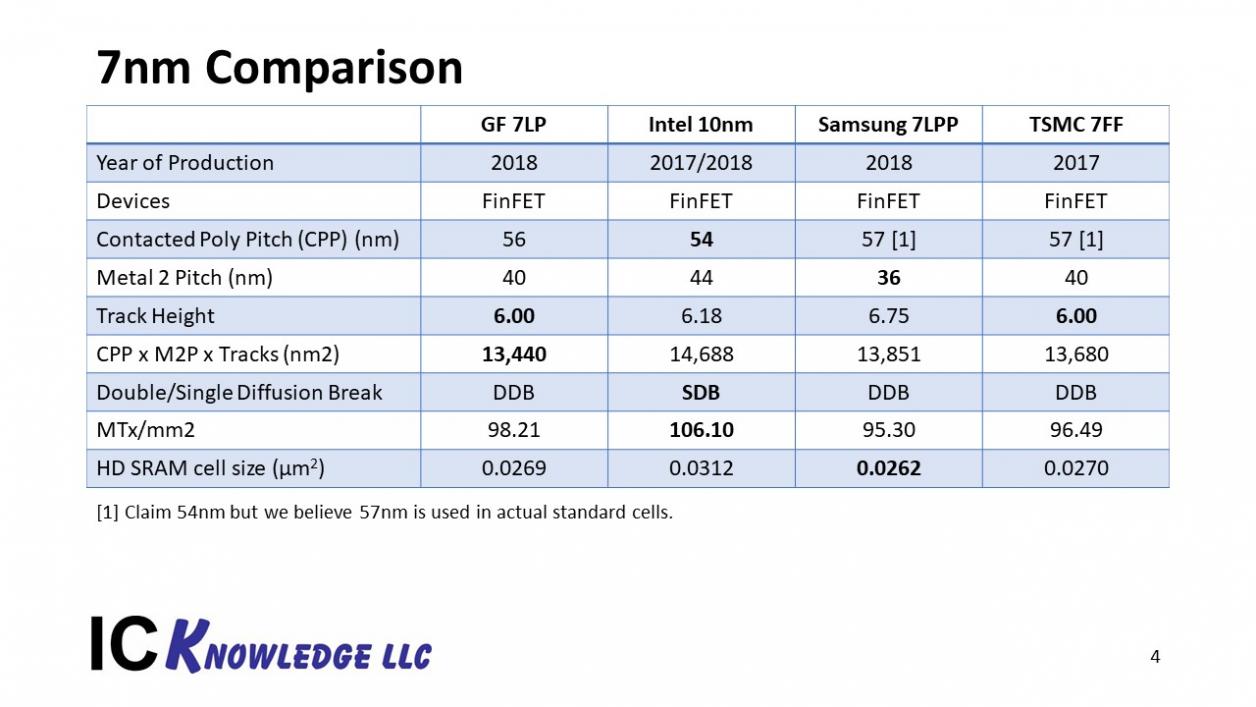winjer
Member

Intel 12th Gen Alder Lake CPU Source Code Reportedly Leaked Following Hack
Intel's 12th Gen Alder Lake source code which includes BIOS files and more has reportedly been leaked online following major hack.
VX-Underground has tweeted that the source code to the Intel 12th Gen Alder Lake CPUs has been leaked online. Intel's Alder Lake CPUs were released last year on the 4th of November, 2021 & the data include 2.8 GB worth of compressed source code (5.86 GB in full), and the leak allegedly came from 4chan. The code base is said to be massive but the contents have yet to be verified.
In a second tweet, glowingfreak posted a GitHub link that shows the BIOS files & was shared 8 days ago. Based on the files, it looks like the data and files are mostly related to BIOS and chipsets & it's not officially known if this hack happened at Intel or some other vendor such as a major OEM since there are documents that refer to Lenovo's "Feature Tag Test Information". Whether or not the files were obtained by hacking Intel or their partner, they are still very important and can cause big and major trouble for the blue team.
This won't be the first hack of its kind. NVIDIA, AMD, and Gigabyte have all been hacked in recent times. NVIDIA was hacked back in early 2022 with several documents and source codes for future technologies leaking out. AMD was hit by a Ransomware attack and 450 GB worth of data was all but stolen. Even Gigabyte also had 112 GB of data which included confidential documents for Intel and AMD products hacked. The information gave away details for next-gen GPUs and CPUs that all three vendors were working on.

Last edited:



